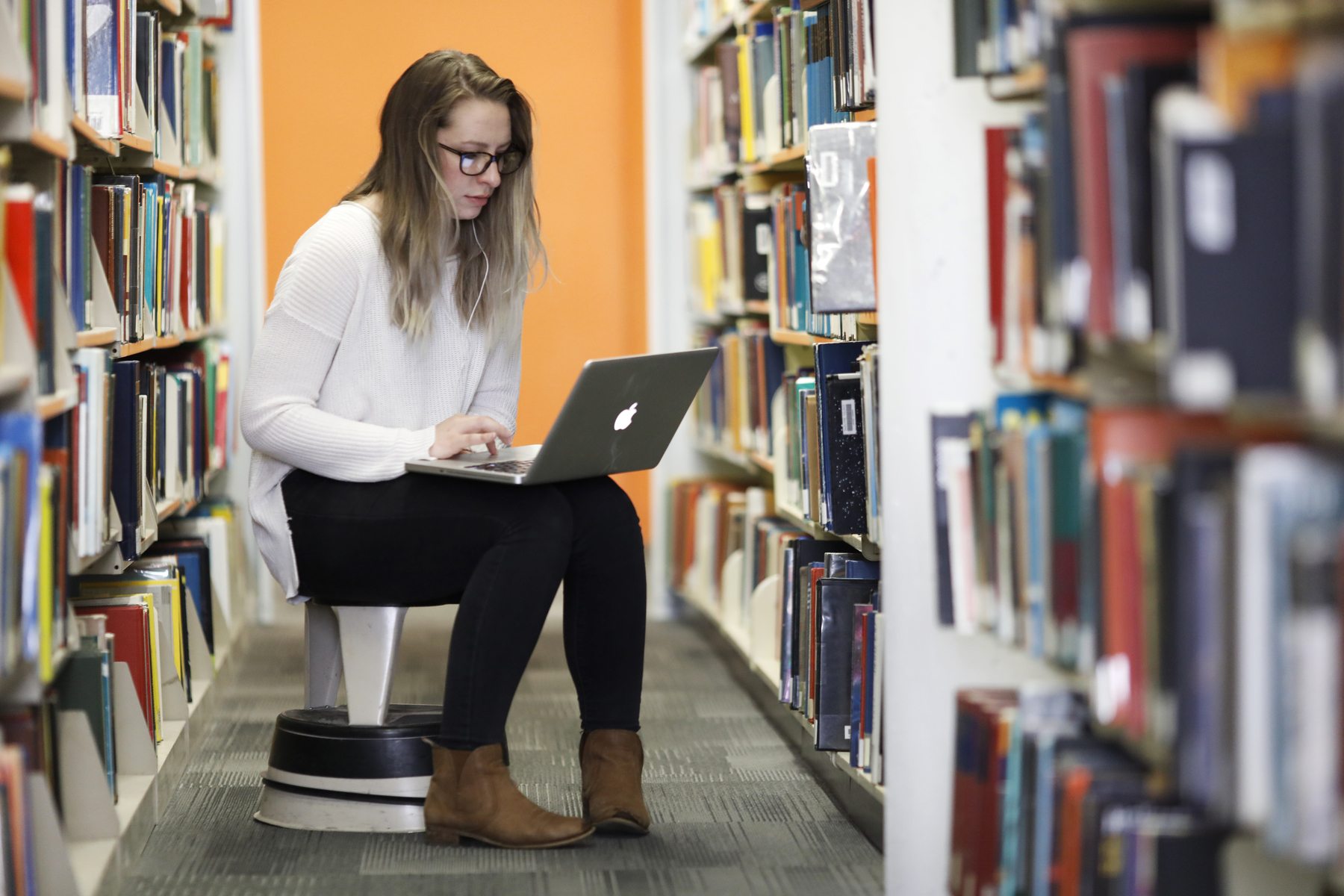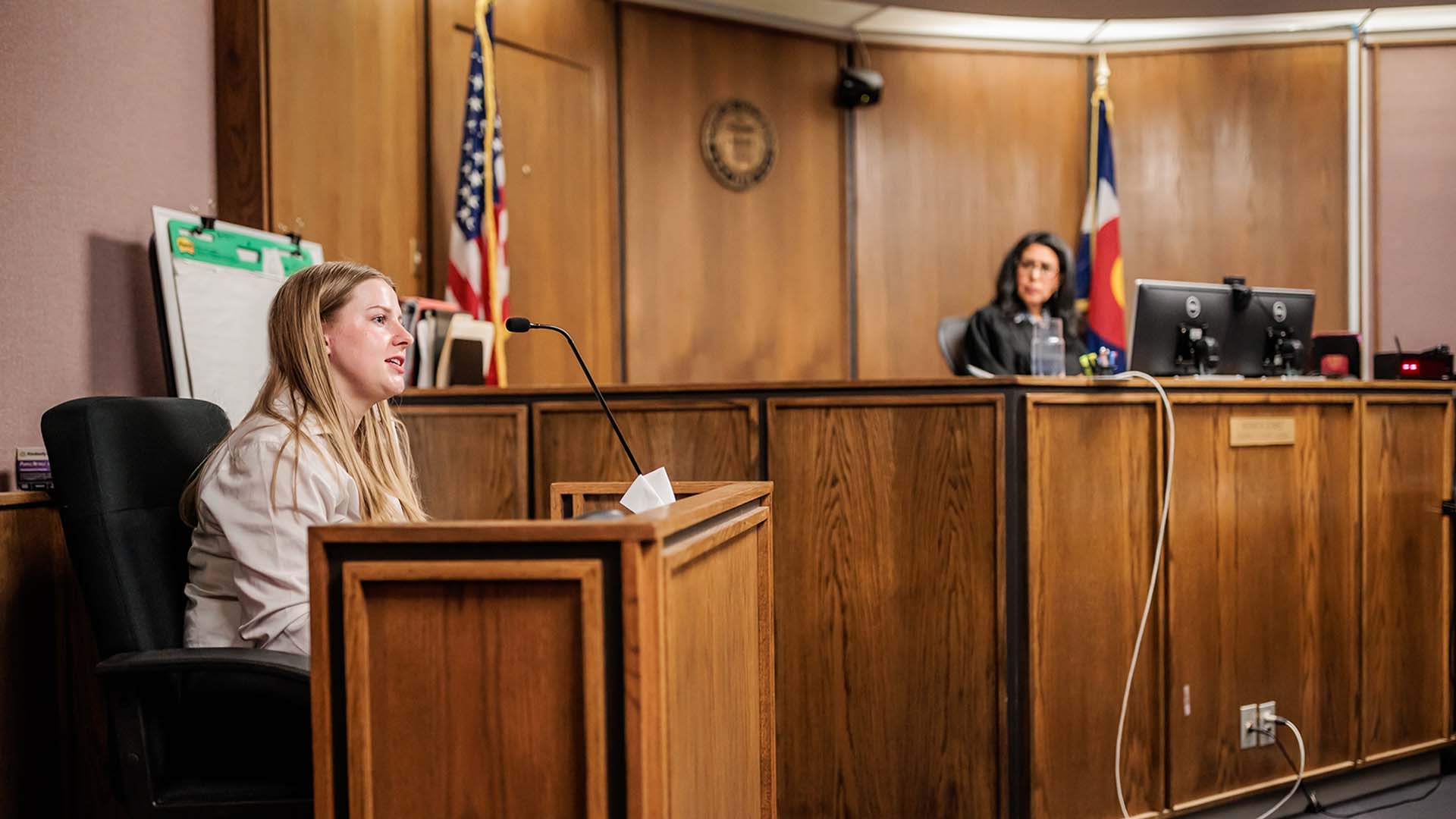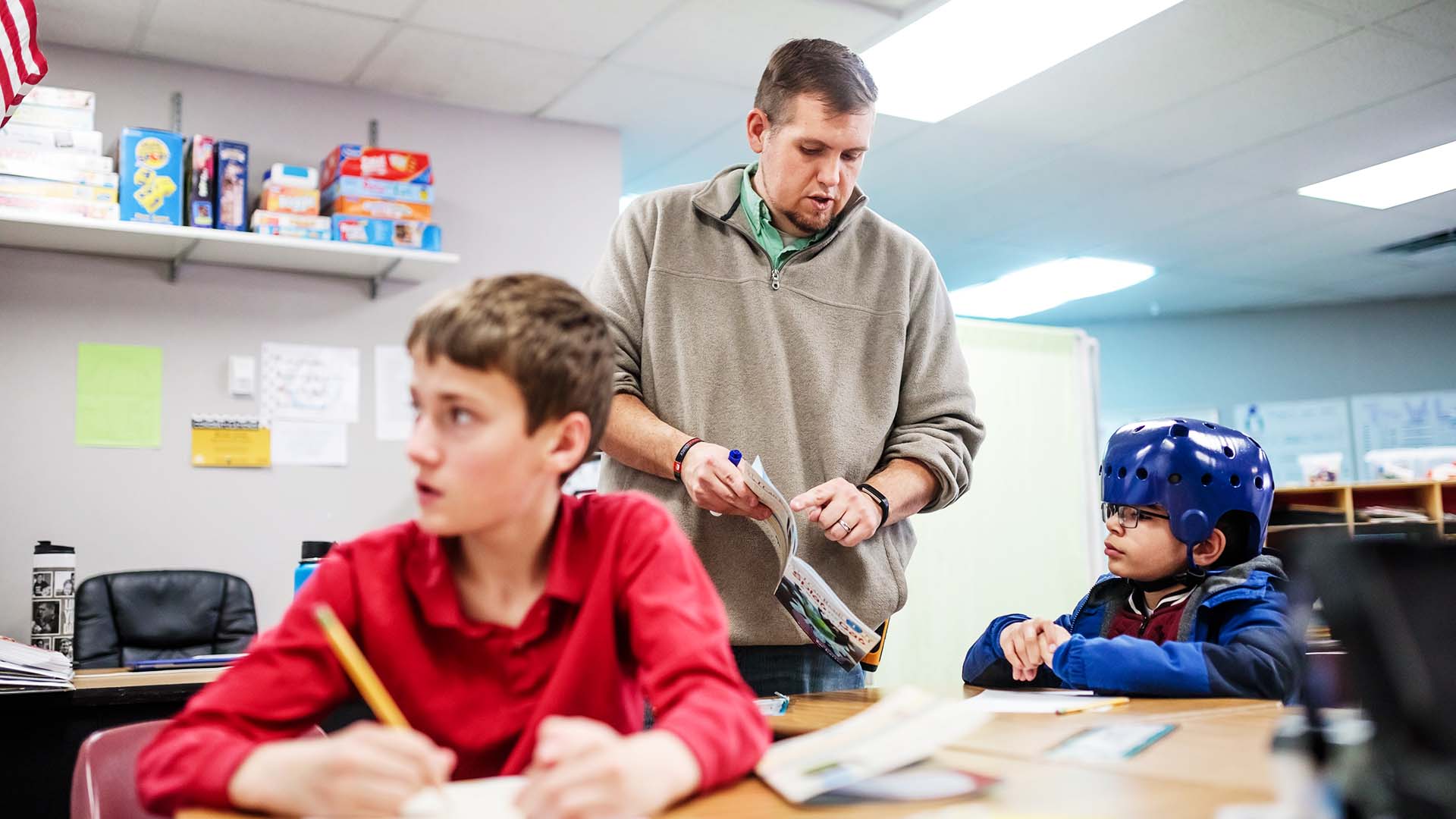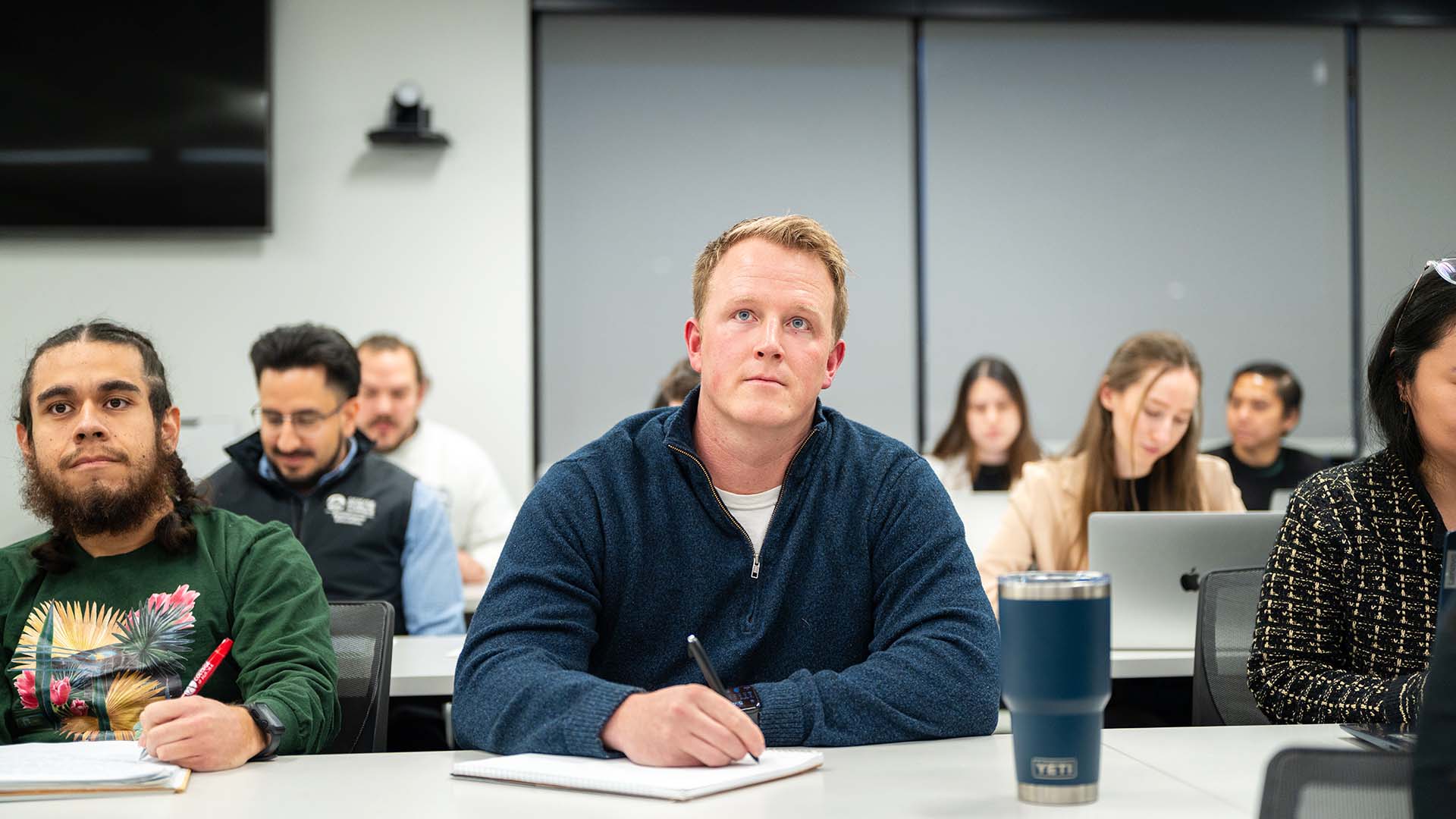A catalyzing force for open access
Chemistry faculty member finds periodic use of these resources increases teaching quality – and seats at the table.

When Emily Ragan, Ph.D., began the process of redesigning one of her introductory courses, the assistant professor of chemistry stumbled upon an instructional element she hadn’t considered.
And the result of it caused quite a reaction.
“My sessions with MSU Denver’s instructional designers really opened my eyes to the possibilities of using open educational resources (OERs),” she said.
Now an advocate, Ragan recently chaired the OER Council for the Colorado Department of Higher Education with the passage of state Senate Bill 258.
The council’s work paved the way for a newly proposed legislative effort which, if approved by all members of the Joint Budget Committee, will introduce a measure in the 2018 session’s long bill continuing to raise awareness of OERs and fund their implementation with the establishment of a grant program.
“For me, it was an energizing and exciting way to both improve my teaching and provide access for our students,” she said.
“The way we interact with educational content is continually changing – so our approach to delivering that should, too.”

So, what are OERs? Broadly speaking, they’re high-quality curated resources that are open and freely licensed, said Taylor Kendal, senior instructional designer at MSU Denver.
“A big piece is the open access to information and integration into meaningful learning experiences,” he added.
Their modern history traces back to 2002, when the Massachusetts Institute of Technology put educational materials online, for free, as part of the MIT OpenCourseWare initiative.
Since then, the growth of openly licensed text, media and other digital materials – along with the instructional potential they’ve entailed – has mirrored the expansion of the internet itself.
“In a way, sites like YouTube and Khan Academy provide specialized or niche educational content,” said Kendal. “Many faculty are implementing OERs like these into their courses already – just not by that name.”
As Ragan noted, the topic has been touted for years in academic circles, but recent developments over the past few years have increased efficacy.
In the midst of conversations on college affordability – and the average of $579 that students spent on course materials during the 2016-17 academic year – the “open” part has direct implications on student success.
“Faculty are sensitive to how cost impacts students, but it’s easy to overlook how supplemental materials can often add up quickly,” she said.
“As the people who make the decisions of what texts we use when we teach, we share that responsibility of its effect.”
When individuals can stretch budgets further for course materials, they’re able to parlay funds into areas like cost of living expenses – and investing back into their education.
And with MSU Denver’s ongoing commitment to providing the best value in the state of Colorado, approaches like Ragan’s incorporation of an OpenStax textbook into the online section of her General Chemistry I course serve as a natural extension of that mission.
She further highlighted how the OER Council’s findings – available in a report exploring how they could significantly benefit students through cost savings, improved learning and higher student retention – help establish a baseline for awareness and ultimately aims to increase access to higher education.

Material costs are undoubtedly a driver for proponents – but there’s a pedagogical one, too.
“The thing I liked was the ability to go deeper with the text,” said Ragan. “You can have sections of the book embedded right there in Blackboard [a learning management system]; it can save students time in finding course materials. And thanks to the open usage rights, you don’t have to worry about copyright issues.
“Cost is an important consideration – but you also need to consider the quality of instruction.”
Although the OER conversation often focuses on the issue of material replacement, Kendal noted how auxiliary use helps faculty expand the experiential landscape they can offer to students.
“These resources are often multimodal – there’s a variety of means for students to engage with content, and that creates more opportunities for cognitive retention,” he said.
That’s exactly why Ragan incorporates PhET Interactive Simulations, an online platform for students to explore math and science concepts. Another resource she recommended was OpenWashington, an initiative from the Washington State Board for Community and Technical Colleges that provides an accessible how-to overview of OER implementation.

This is all part of a larger conversation dedicated to continually improving the educational experience for students and faculty alike, said Kendal. He noted how MSU Denver’s Center for Faculty Excellence serves as a one-stop shop, offering everything from brief consultations on teaching tools full-scale course redesigns.
And for those not looking to dive head-first into OERs, Kendal encouraged a more measured approach, testing them out for a single lesson or module.
For Ragan, it’s clearly an effective strategy that speaks to the heart of teaching.
“I didn’t mean to become an evangelist for the OER cause, but I now I feel compelled,” she said. “It’s something you can’t unlearn, once you’ve seen the benefits – to both students and instruction.”







